SIWA OASIS TOURS - 3 DAYS / 2 NIGHT / From Cairo
Enjoy your Days Tour to the Siwa Oasis from Cairo, Explore the and Enjoy unspoiled nature, include One-night Camping in Siwa Desert one of the most Beautiful Places you can Ever see in Egypt Western Desert
Siwa Oasis Tour From Cairo / 3 Days / 2 Night To Desert Safari Tours
Our Company Will Offer You a Private Tour Experience In Siwa Oasis Tours To Visit / Shali Fortress – Cleopatra’s Pool, – Oracle Temple – Mountain of the Dead – Salt Lake – Fatnas Island – Siwa House Museum – Great Sand Sea – Bir Wahad On The First Day Your Tour Guide Will Pick You UP At 7 Am From The Hotel In Cairo Or Giza To Siwa Oasis
Siwa Oasis of Tgypt
- The Siwa Oasis of Egypt is a unique and fascinating place. Located in the western desert, this oasis has been home to an isolated community for centuries. The area is known for its stunning natural beauty and rich cultural heritage that have attracted visitors from around the world.
- The Siwa Oasis was first settled thousands of years ago by nomadic tribes who sought shelter from the harsh conditions in the desert region. These ancient people were able to survive thanks to their ability to cultivate crops with limited resources, such as date palms and olives grown on terraces cut into hillsides or irrigated fields near springs fed by underground aquifers. The people also kept livestock like goats, sheep, camels and donkeys which provided them with food sources as well as transportation across long distances within North Africa’s vast deserts during times when water was scarce elsewhere in these regions..
- Today’s population at Siwa still relies heavily on agriculture but tourism has become increasingly important over recent decades due to its unique attractions including hot springs baths where visitors can relax after a long day exploring nearby ruins or trekking through one of Egypt’s many sandy dunes surrounding this beautiful oasis town . Visitors are welcomed warmly here with traditional music playing while they wander through markets full of spices , carpets , jewelry , leather goods made locally . It truly offers an unforgettable experience that will stay etched forever in any traveler’s mind .
Description Of The Siwa Oasis
- Siwa appears at first as a sweet and innocent place deep in the desert which has just opened its eyes to the modern world and still let’s itself be amazed. Which is not wrong, the asphalted road opened first in 1984. But the history goes deep beyond the earliest civilizations, to Paleolithic times. In the 1st millennium BCE, Siwa was famous with the ancient Egyptians, thanks to its oracle. The oracle was though to be so true and powerful that generals feared its predictions. Both when the Persian king Cambyses invaded in 525 and with Alexander the Great before his expeditions into Asia in 331 BCE, was the oracle consulted.
During these times, Siwa was a wealthy place, well illustrated by the Gebel al-Mawta and its rich tombs. In early Islamic times, Siwa went into decline and sometime in the 13th century was down as little as 200. Today the population is on the rise, and has since long passed 20,000. Most live in the town Siwa, the rest are spread across over 10 smaller villages.
- Siwa is different. Tucked away in Egypt’s westernmost corner on the northern shores of the Great Sand Sea, Siwa Oasis lies closer to Libya and the Maghreb than to any of its fellow Egyptian urban centers. Its geographic isolation helped protect a unique society that stands distinctly apart from mainstream Egyptian culture. Settled by Berbers (roaming North African tribes), for centuries the oasis had contact with only the few caravan traders that passed along and the occasional pilgrims seeking the famous Oracle of Amun.
- Siwa’s main attraction is the oasis itself: Sustained by more than 300 freshwater springs and streams and shaded by an estimated 300 000 palm trees and 70 000 olive trees Siwa is the archetypical oasis.
Bir Wahed Siwa Oasis
- favourite Siwa excursion is the freshwater lake at Bir Wahed, 15km away on the edge of the Great Sand Sea. Once over the top of a dune, you come to a hot spring, the size of a large jacuzzi, where sulphurous water bubbles in a pool and runs off to irrigate a garden.Cooling down in the lake, then watching the sun setting over the dunes while soaking in a hot spring, is a surreal experience.
 The thorns in this rose are the mosquitoes that bite at sunset and the fact that a permit is necessary to visit Bir Wahed. Because it’s far from town, women can wear bathing suits here without offending locals. Bir Wahed can only be reached by 4WD, so if you don’t have your own, you’ll need to hire a guide and car. At the time of writing the spring was closed because of a fire, but it was due to reopen soon.
The thorns in this rose are the mosquitoes that bite at sunset and the fact that a permit is necessary to visit Bir Wahed. Because it’s far from town, women can wear bathing suits here without offending locals. Bir Wahed can only be reached by 4WD, so if you don’t have your own, you’ll need to hire a guide and car. At the time of writing the spring was closed because of a fire, but it was due to reopen soon.
Cleopatra’s Pool Spring In Siwa
- ollowing the track that leads to the Temple of the Oracle and continuing past the Temple of Umm Ubayd will lead you to Siwa’s most famous spring.
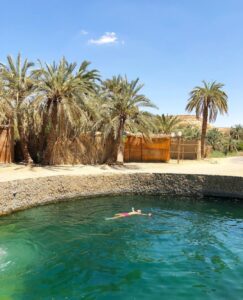 The crystal-clear water gurgles up into a large stone pool, which is a popular bathing spot for locals and tourists alike. A couple of lovely cafes have comfortable shaded lounging areas and serve soft drinks and delicious snacks; bring your own picnic if you want to hang out for a while.
The crystal-clear water gurgles up into a large stone pool, which is a popular bathing spot for locals and tourists alike. A couple of lovely cafes have comfortable shaded lounging areas and serve soft drinks and delicious snacks; bring your own picnic if you want to hang out for a while.
Fatnas Island
- his fairly secluded pool is on a small island in the salty Birket Siwa, accessible across a narrow causeway. Nicknamed ‘Fantasy Island’ for its idyllic setting, the pool is about 6km from Siwa Town, and surrounded by palm trees and lush greenery. It’s an idyllic place to watch the sunset, and there’s a small cafe among the palms, which is good for a spot of tea or a puff of shisha.
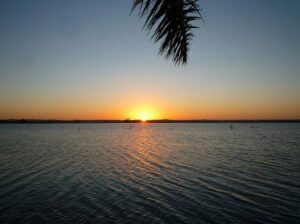
- A Ministry of Agriculture project to try to improve the lake’s drainage has left the ‘island’ high and dry, so sometimes the cafe may look out over salty mudflats rather than water. A tuk-tuk round trip from town will cost about LE50, with time to swim and hang out. Beware of mosquitoes at sunset
Fortress Of Shali
- Entral Siwa is dominated by the spectacular organic shapes of the remains of this 13th-century mud-brick fortress. Built from kershef (chunks of salt from the lake just outside town, mixed with rock and plastered in local clay), the labyrinth of huddled buildings was originally four or five storeys high and housed hundreds of people. A path leads over the slumping remnants, past the Old Mosque with its chimney-shaped minaret, to the top for panoramic views.
 For centuries, few outsiders were admitted inside the fortress – and even fewer came back out to tell the tale. But three days of rain in 1926 caused more damage than any invader had managed and, over the last decades, inhabitants moved to newer and more comfortable houses with running water and electricity. Now only a few buildings around the edges are occupied or used for storage. A pathway from the central square leads to the top for great views over the oasis. Several foreigners and Egyptians are doing up houses in the old town; some are available for overnight stays.
For centuries, few outsiders were admitted inside the fortress – and even fewer came back out to tell the tale. But three days of rain in 1926 caused more damage than any invader had managed and, over the last decades, inhabitants moved to newer and more comfortable houses with running water and electricity. Now only a few buildings around the edges are occupied or used for storage. A pathway from the central square leads to the top for great views over the oasis. Several foreigners and Egyptians are doing up houses in the old town; some are available for overnight stays.
Gebel El - dakrour
- The site, a triple-peaked mountain riddled with caves, is located in Siwa Oasis, a few miles southeast of the town of Shali, about 5 km southwest of the centre of the town of Siwah.The site lies about 2km south west “the Amun temple remains” and “Aghurmi- (the Oracle Temple)”. The German mission house is in the south western side inside the site, so is a transmission /receiving pole for the SCA. The site is bordered by al-Dakrur dwellings in the north, then Siwah-al-Dakrour asphalt road, then palm trees and Berket Agourmy. From the east and south it is bordered by Siwah- al-Dakrour asphalt road, and by sandy lands used for medical reasons, then al-Dakrur dwellings.
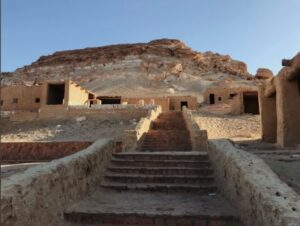 The caves and quarries on this mountain were used during the late period (26/30 Dynastic) and the Ptolemaic period. There are also later tombs on the mountain dating to the Roman period. Folkloric tales and stories suggest that Gabal el-Takrour belongs to King “Ibrik”, an ancient Siwa King, and that his treasuries are buried and hidden in that mountain. There is also a story that says that that there is an underground tunnel that links Gabal al-Takrur, Amun Temple (Om Obeidah), the Oracle Temple and Gabal al-Mauta tombs together. In the time being, there is a big celebration that is performed every year in the full moon nights of October month, where the Siwa people head to al-Takrur mountain to pray, this celebration is known by “the Tourism Feast”. A rest house for King Ahmed Fouad was established in 1928 on a raised side of (Qasr Hassouna) site. “al-Senousy” the great inhabited one of.site’s tombs in1938.
The caves and quarries on this mountain were used during the late period (26/30 Dynastic) and the Ptolemaic period. There are also later tombs on the mountain dating to the Roman period. Folkloric tales and stories suggest that Gabal el-Takrour belongs to King “Ibrik”, an ancient Siwa King, and that his treasuries are buried and hidden in that mountain. There is also a story that says that that there is an underground tunnel that links Gabal al-Takrur, Amun Temple (Om Obeidah), the Oracle Temple and Gabal al-Mauta tombs together. In the time being, there is a big celebration that is performed every year in the full moon nights of October month, where the Siwa people head to al-Takrur mountain to pray, this celebration is known by “the Tourism Feast”. A rest house for King Ahmed Fouad was established in 1928 on a raised side of (Qasr Hassouna) site. “al-Senousy” the great inhabited one of.site’s tombs in1938.
Gebel Al Mawta
- his small hill, at the northern end of Siwa Town, is honeycombed with rock tombs peppered with wall paintings. Its name, Gebel Al Mawta, means ‘Mountain of the Dead’ and most of the tombs here date back to the 26th dynasty, Ptolemaic and Roman times. Only 1km from the centre of town, the tombs were used by the Siwans as shelters when the Italians bombed the oasis during WWII.
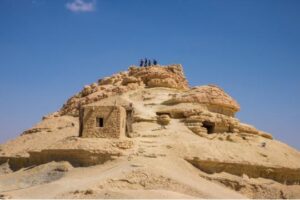 The best paintings are in the Tomb of Si Amun, where beautifully coloured reliefs portray the dead man – thought to be a wealthy Greek landowner or merchant – making offerings and praying to Egyptian gods. Also interesting are the unfinished Tomb of Mesu-Isis, with a beautiful depiction of cobras in red and blue above the entrance; the Tomb of Niperpathot, with inscriptions and crude drawings in the same reddish ink you can see on modern Siwan pottery; and finally the Tomb of the Crocodile, whose badly deteriorating wall paintings include a yellow crocodile representing the god Sobek
The best paintings are in the Tomb of Si Amun, where beautifully coloured reliefs portray the dead man – thought to be a wealthy Greek landowner or merchant – making offerings and praying to Egyptian gods. Also interesting are the unfinished Tomb of Mesu-Isis, with a beautiful depiction of cobras in red and blue above the entrance; the Tomb of Niperpathot, with inscriptions and crude drawings in the same reddish ink you can see on modern Siwan pottery; and finally the Tomb of the Crocodile, whose badly deteriorating wall paintings include a yellow crocodile representing the god Sobek
Siwa Salt Lake
- It’s incredible to know that the lakes are almost 95 percent salt due to a neighboring salt mine. They’re around 4 metres deep and offer both hot and cold water! There’s no need to worry if one can’t swim well because the salt content of
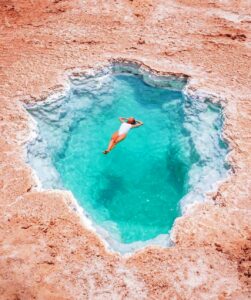
- the water makes drowning impossible. Because the lake is endowed with salt, the residents of Siwa Oasis have long utilized the salt to construct dwellings, sharpen and shape their instruments, and lastly, to light their lamps. Asides the fact that the region is a popular tourist destination, it’s worth noting that the therapeutic capabilities of these salt lakes are incredible. They’re recognized for treating: Sinus problems, Skin problems, and Eye problems. For those considering paying a visit to Siwa Salt Lake, early in the morning is the best time to visit the salty hot springs because the weather is cooler and the water is warmer. Psoriasis, Rheumatism, Digestive System Diseases, and Joint Inflammation are also some of the conditions it’s used to treat. It’s a long ride from Cairo to Siwa Lake.
YOUR TOUR ITINERARY !
Day 1 - Cairo To Siwa Oasis
Cairo Depart early in the morning at 7am From Your hotel to Siwa Oasis be private car pick up service, around 9 hour from Cairo to siwa oasis and you will have lunch in the way to siwa It depends our time. Will take sunset. fatnas island and will camping in siwa desert Sand dune. explore the area Set up Bedouin campsite Enjoy dinner around the Campfire under the stars ‘ Bedouin tea and We Will Offre You a Comfortable Tent To Sleep . If You Want to sleep outside under the stars according to your comfort .
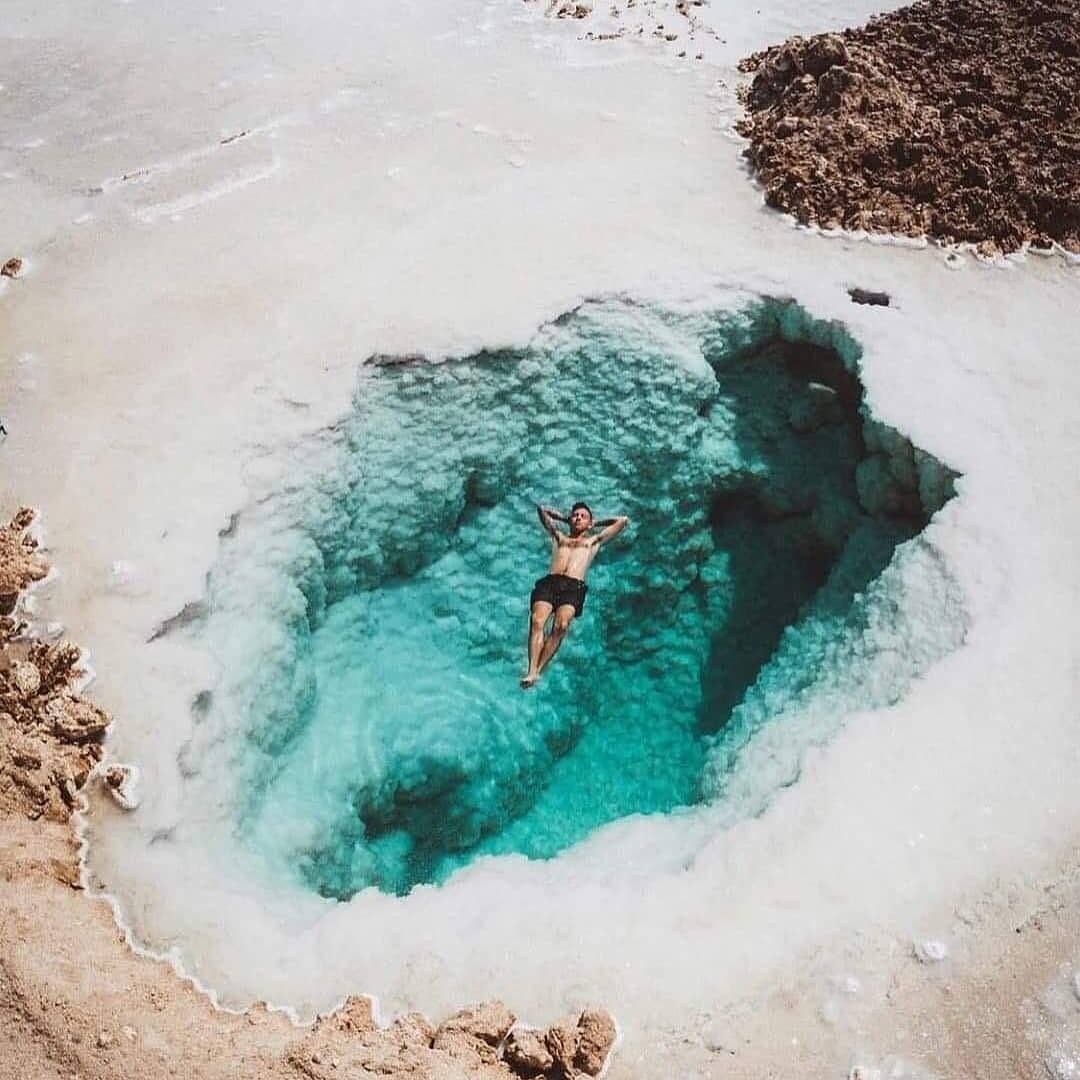


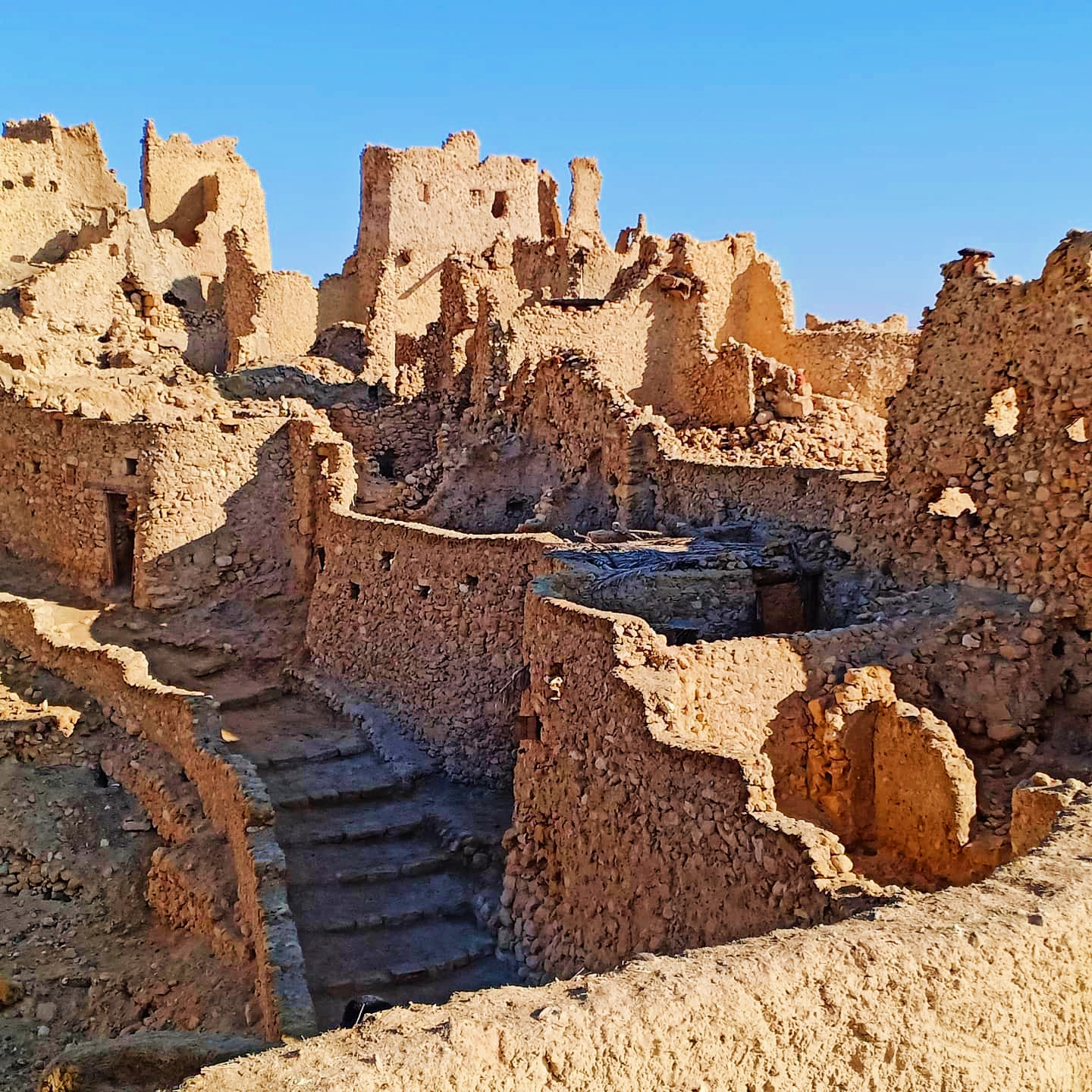
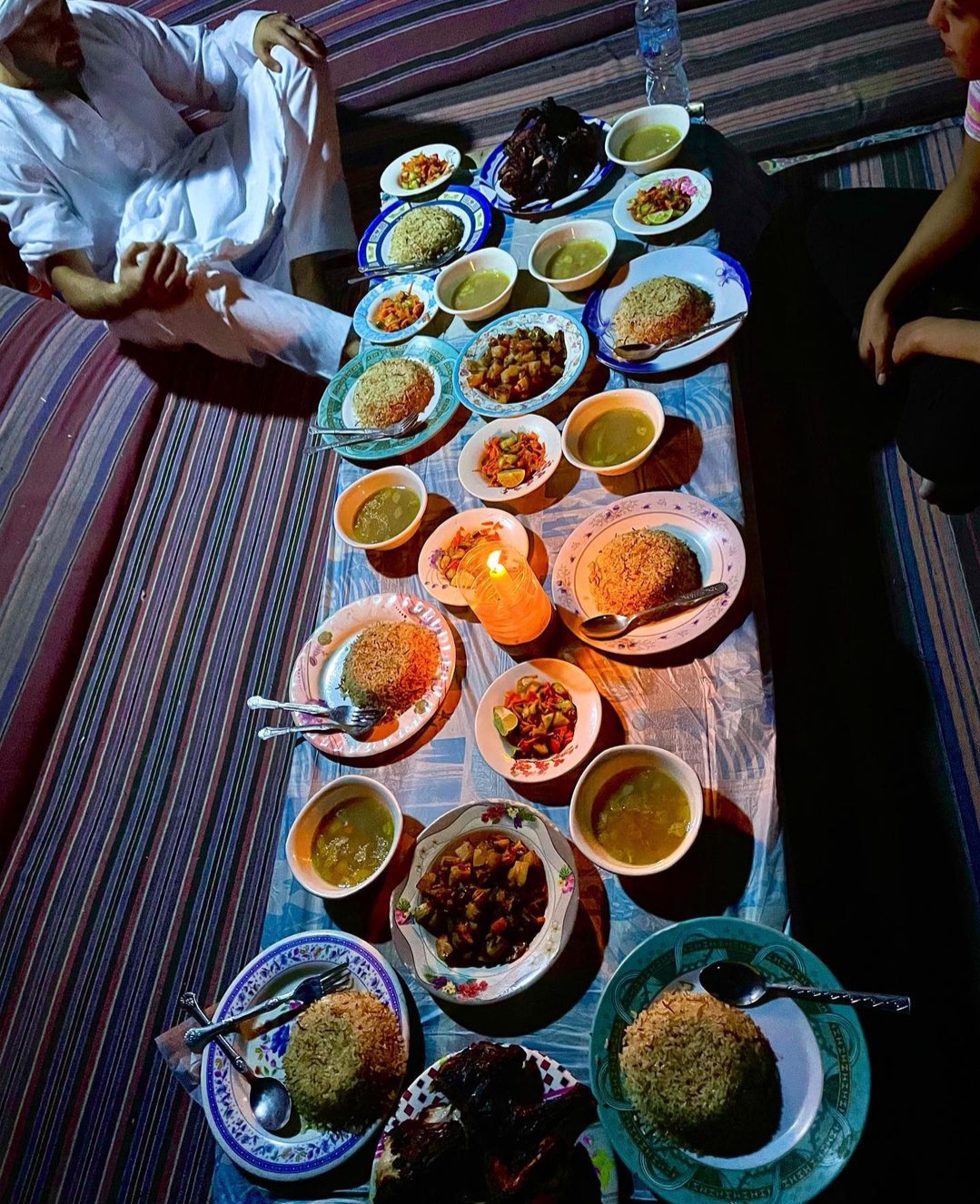
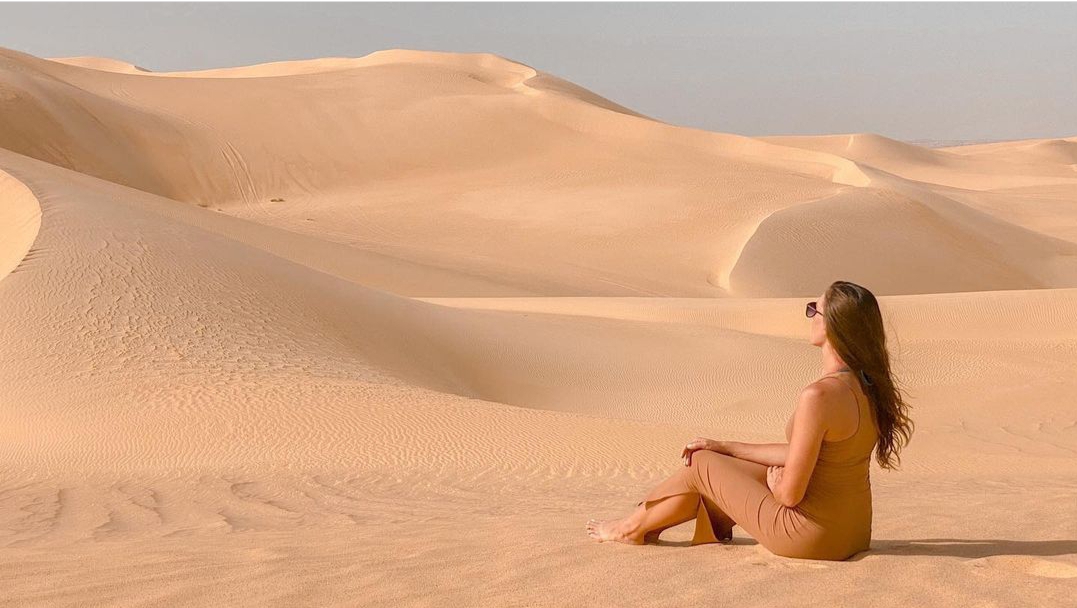

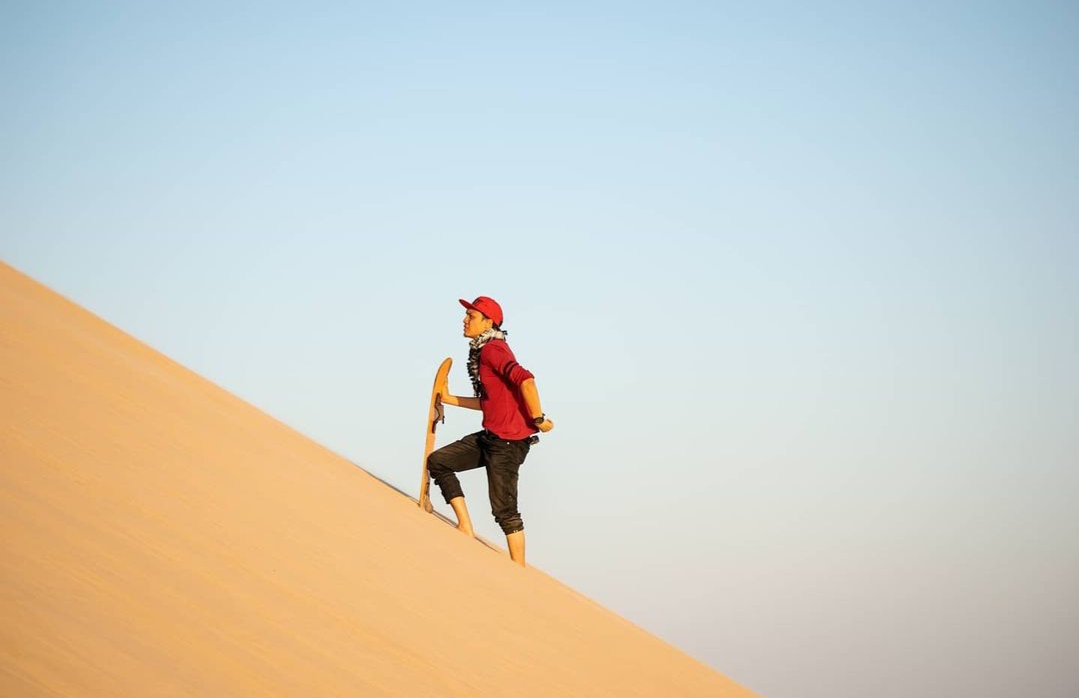
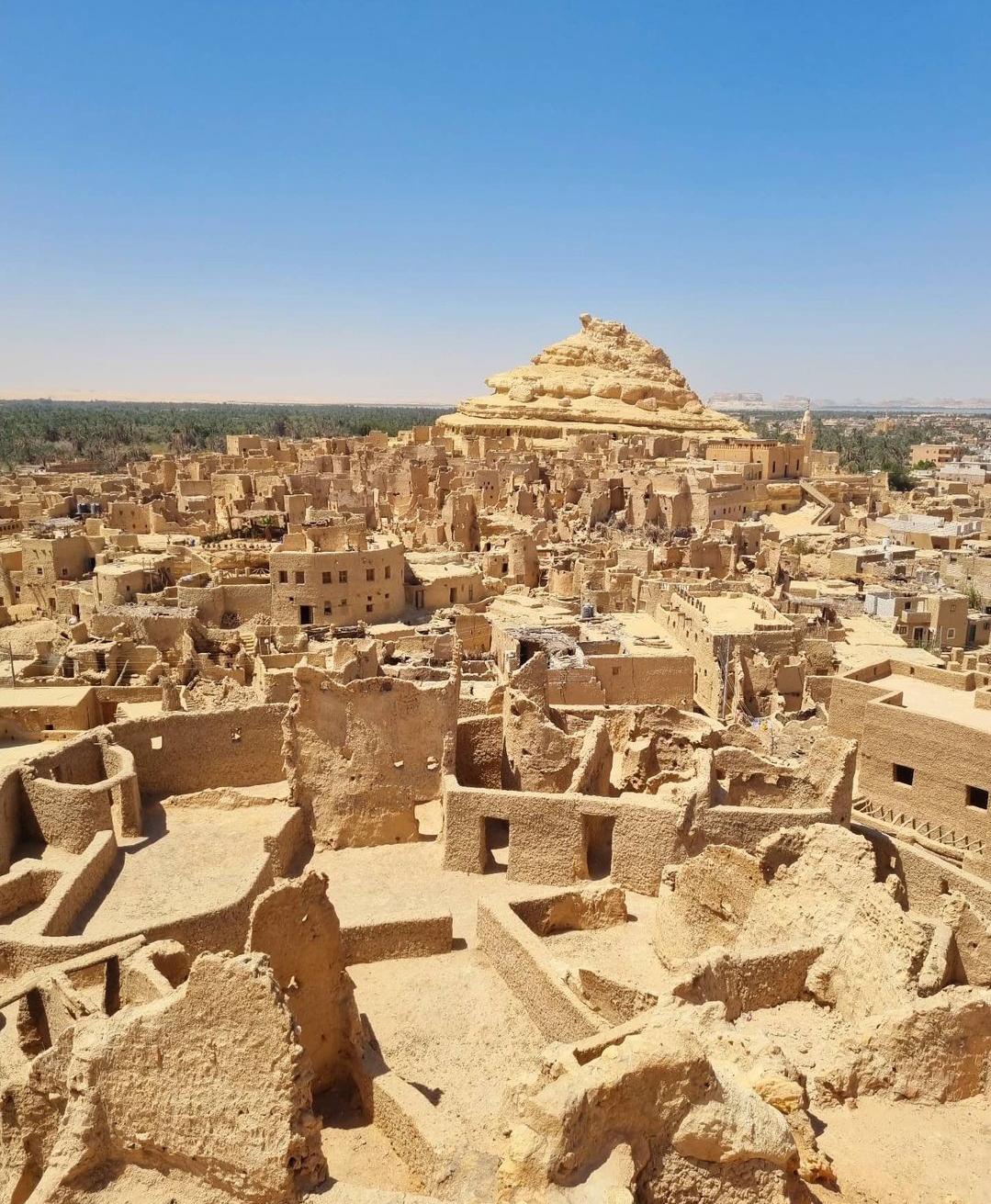
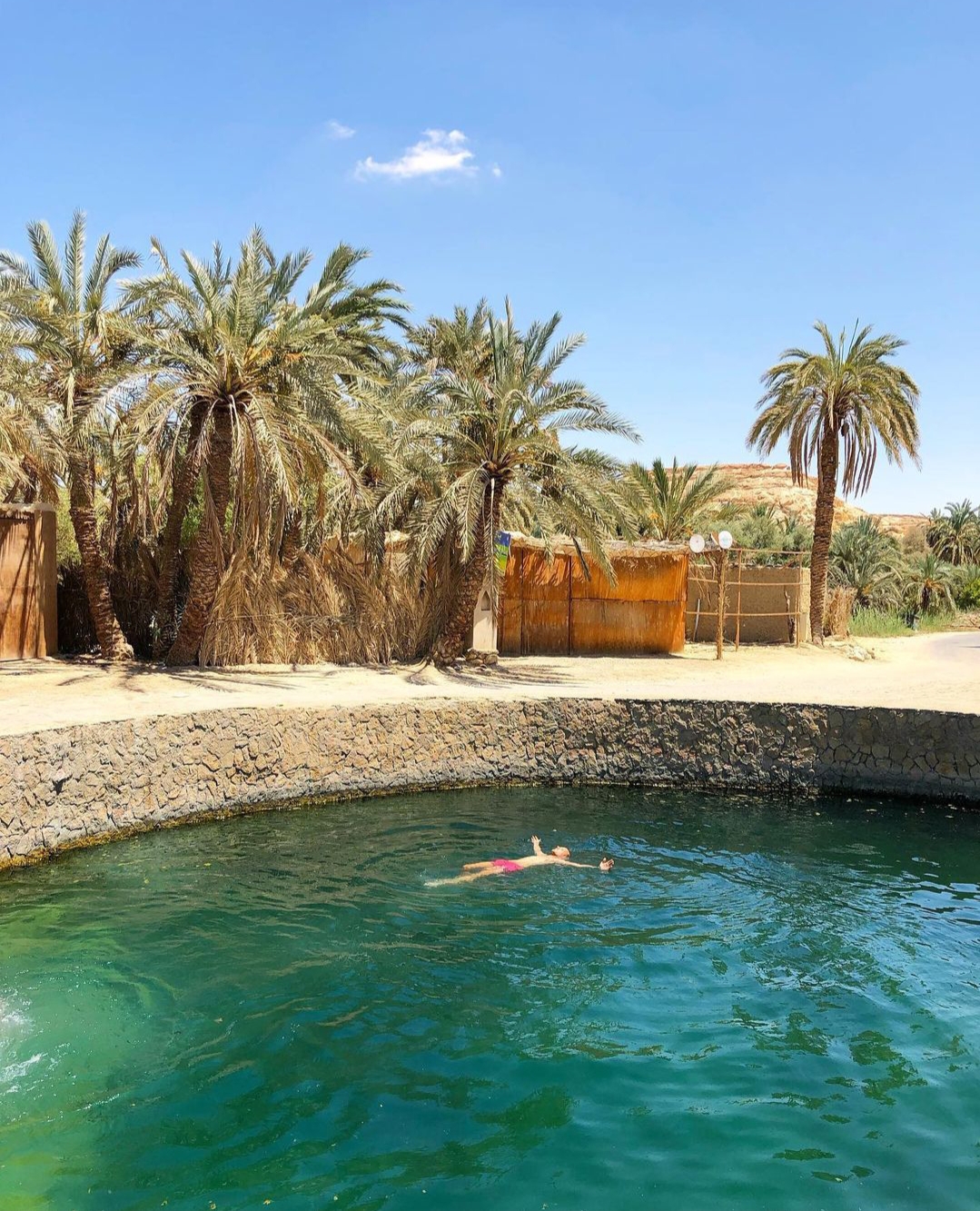
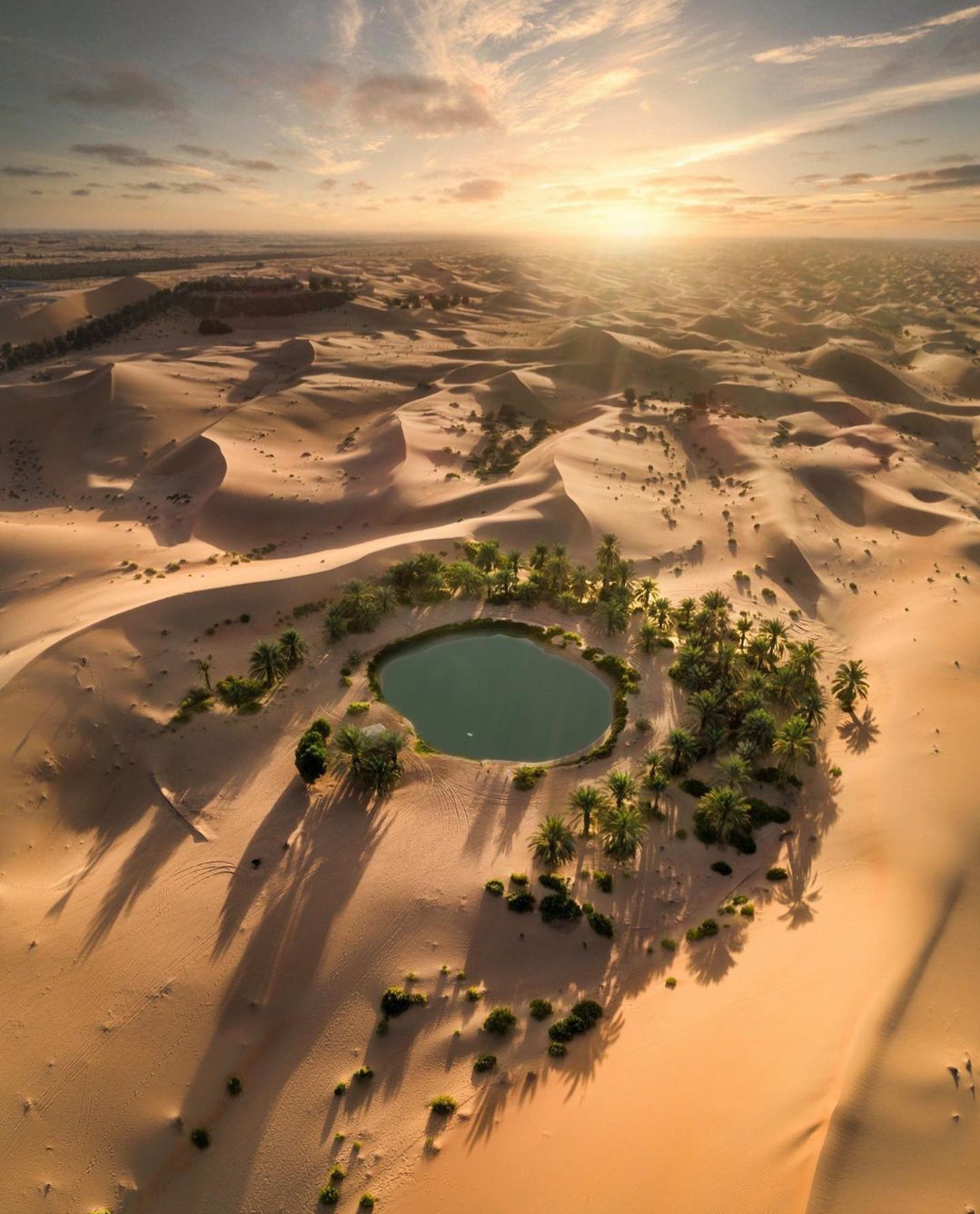

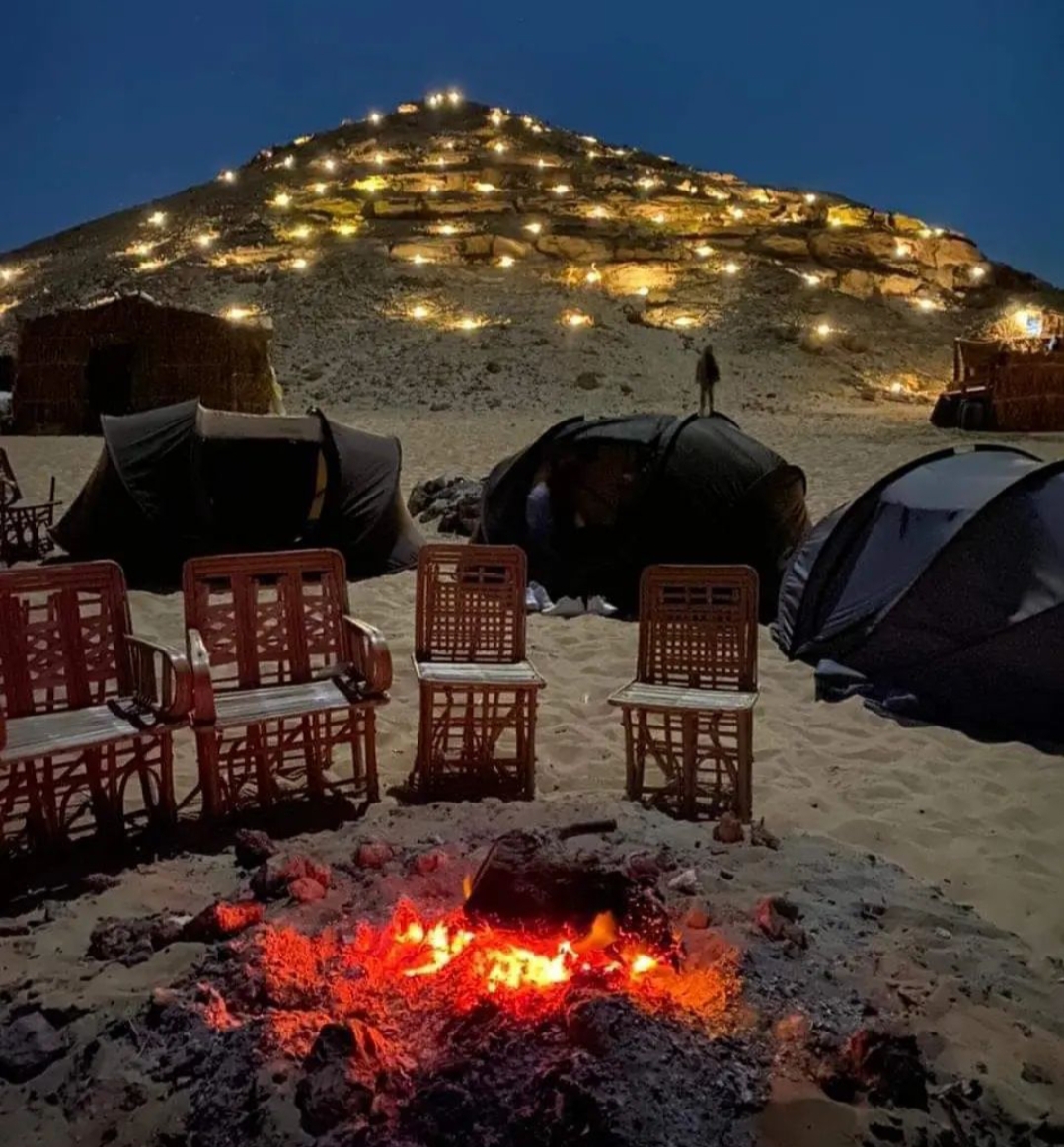
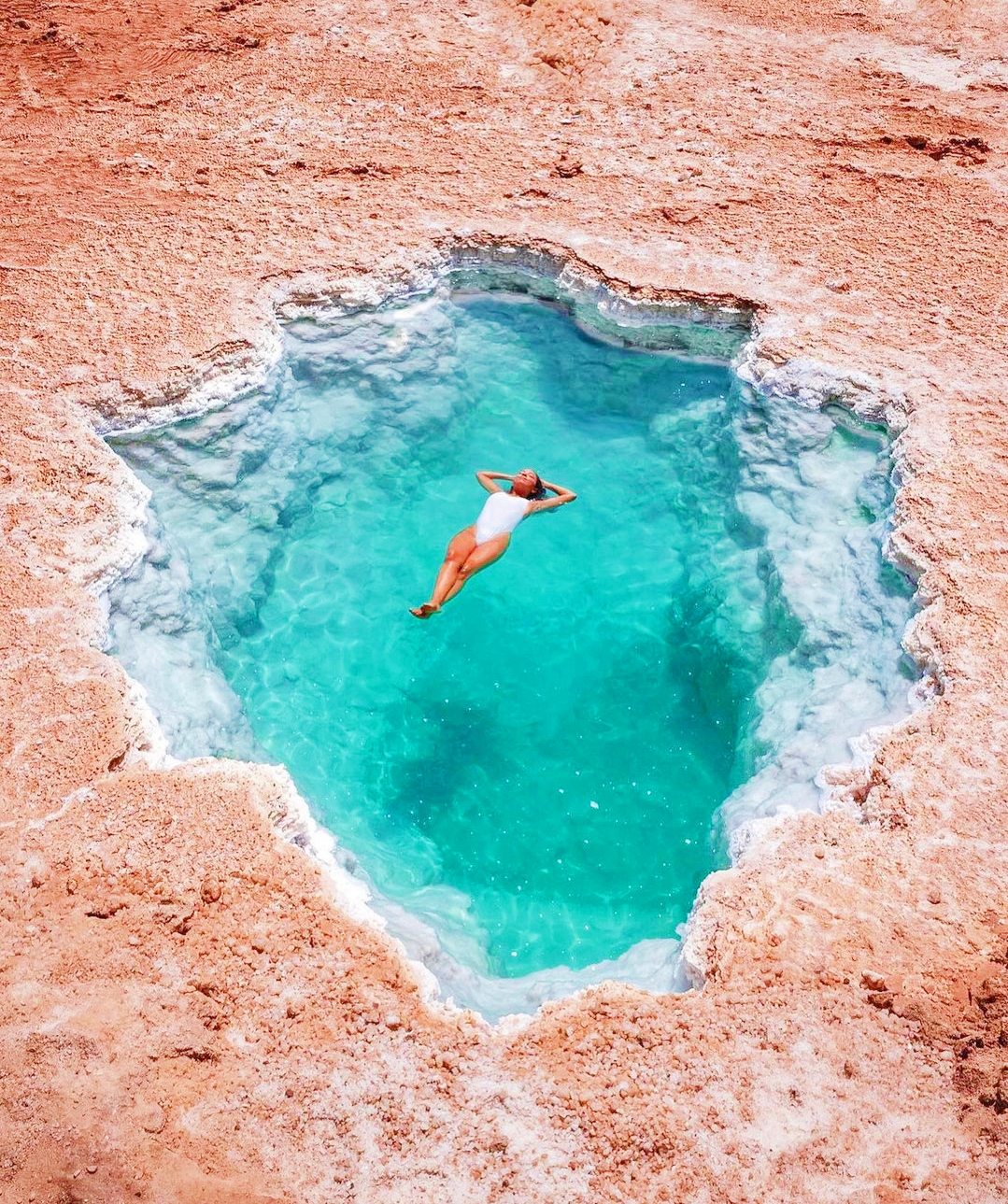
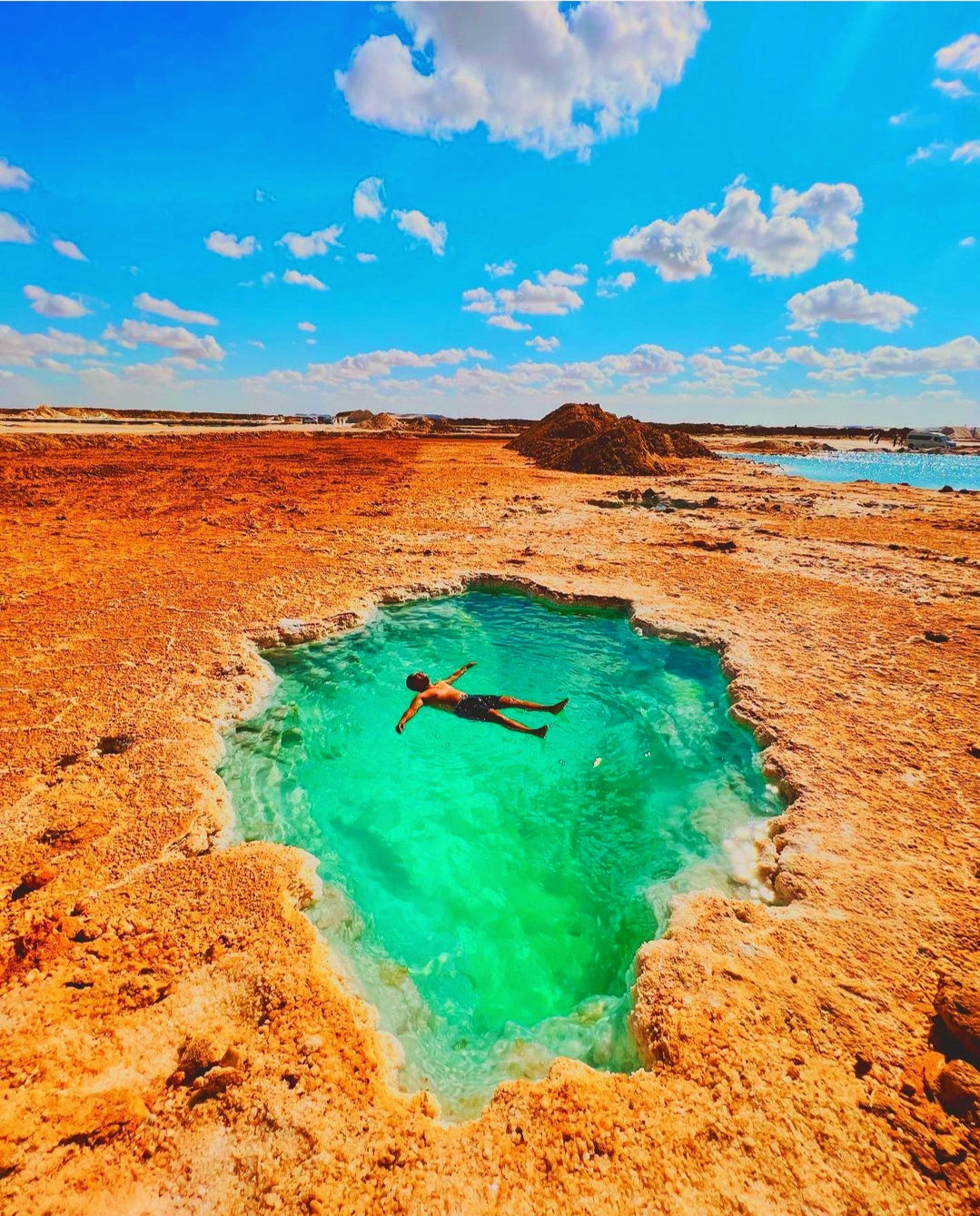
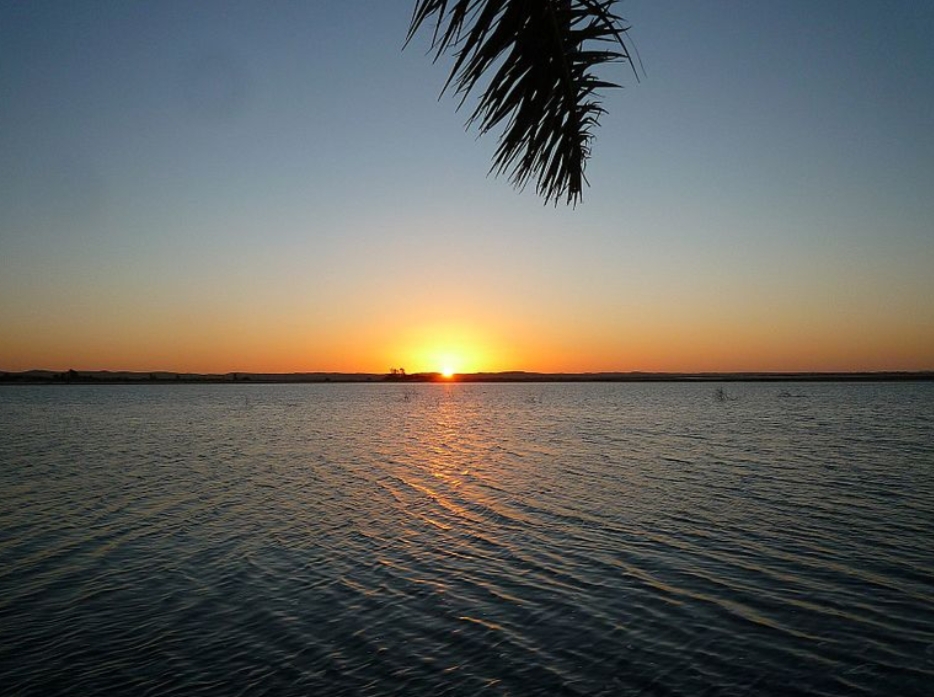

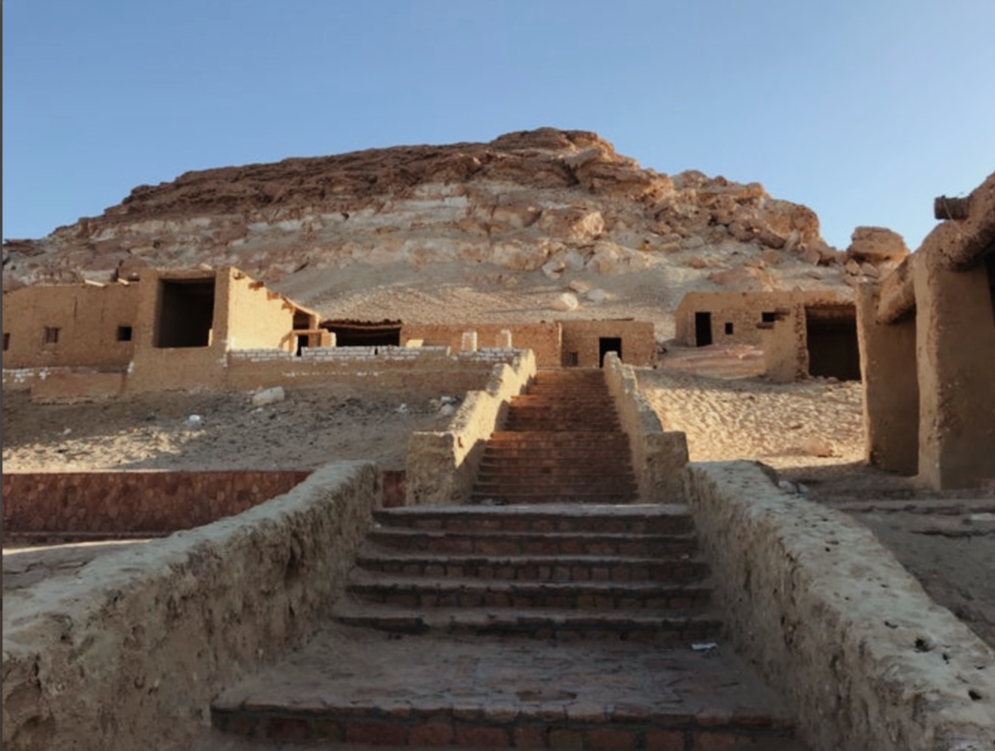
Day 2 - In Siwa Oasis
After you’ve had breakfast and freshened up we continue our journey to explore Siwa Oasis. Once we reach the oasis, we visit (Jebel Al-Mutah – which has a large number of tombs carved into the mountain dating – Cleopatra’s Pool – swimming pool fed by natural hot springs, – Temple of the Oracle‘ –Salt Lake – Temple of Amon and will finish about 1:30pm
and you will have another Desert tour safari hot water and cold water and Sand boarding.and take sunset come back to have the dinner and sleep in your hotel
Day 3 - Siwa Oasis To Cairo
After you’ve had breakfast and freshened up and we will visit Shali Fortress and return to back to Cairo in the afternoon. you will be in cairo around 8 or 9 pm in your hotel .
INCLUDED
- Pick-up and drop off services from/to your hotel
- One night in hotel
- Tours by private Jeep 4X4 to the Siwa Oasis Deserts
- Desert camping for one night
- English speaking driver
- All camping equipment and tents
- All meals (breakfast, lunch, and dinner)
- Beverages including mineral water and tea
NOT INCLUDED
- Tips fpr the staff
- Entrance fees to the National Park
- Alcohol drink
- Marketing shop
- Pick Up / Drop Off From Cairo Airport
